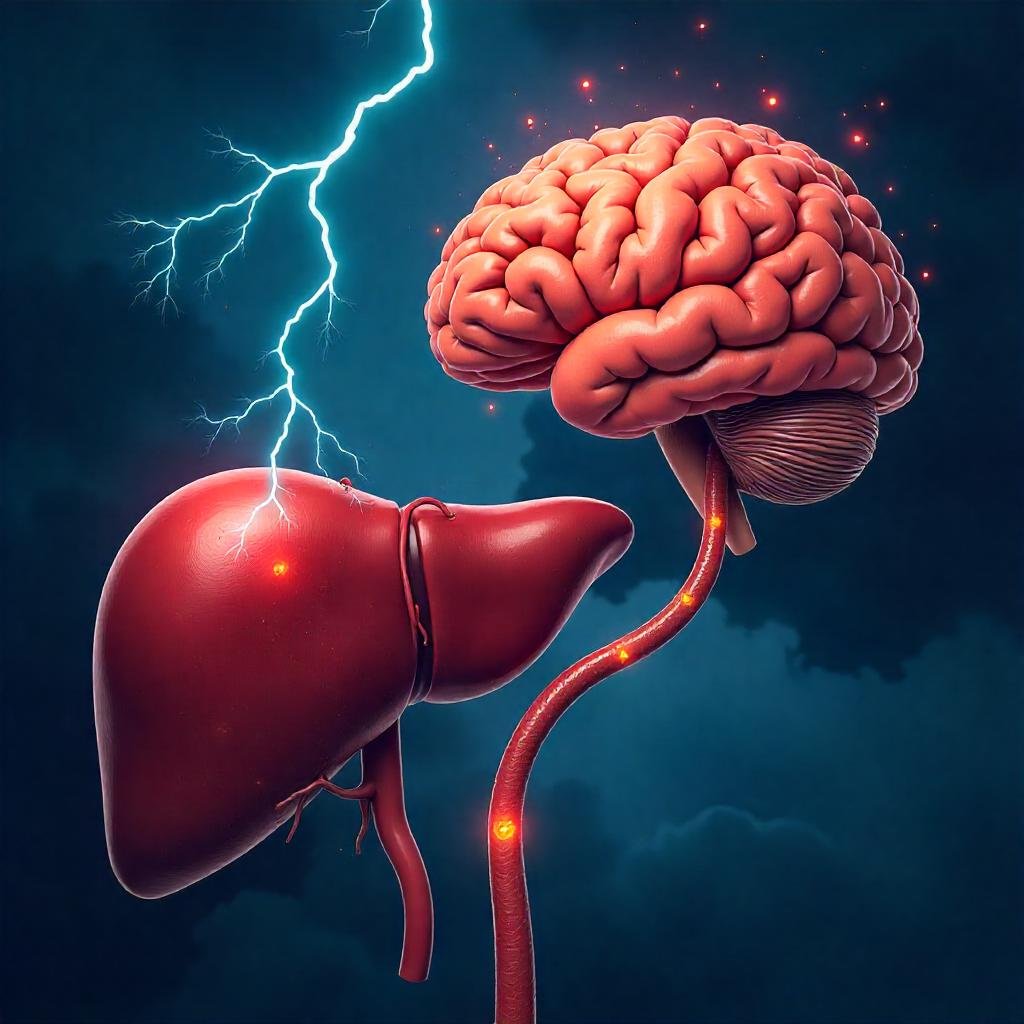Welcome To Wilson's Community





Family history of Wilson’s Disease.
Often low (because copper is stuck in tissues, not blood).
| Step Test | Key Indicator |
|---|---|
| Serum ceruloplasmin | <20 mg/dL |
| 24-hour urine copper | >100 μg/day |
| Eye examination | Kayser-Fleischer rings present |
| Liver biopsy | >250 μg/g copper |
| Genetic test | ATP7B mutation |
Early diagnosis is critical: treatment can reverse symptoms if caught early.
• Often prescribed for long-term maintenance.

This paper delves into the latest diagnostic techniques and therapeutic interventions for Wilson's Disease, emphasizing early diagnosis and personalized care.
Published by the British Association for the Study of the Liver, this document offers detailed guidelines on diagnosing and managing Wilson's Disease across various medical disciplines
This study explores the genetic mutations causing Wilson's Disease, discusses potential biomarkers, and reviews current and emerging treatment options.
Featured in The New England Journal of Medicine, this article addresses contemporary challenges in Wilson's Disease management, including acute liver failure and neurological manifestations.
This paper focuses on the psychiatric aspects of Wilson's Disease, providing insights into screening and management strategies for associated mental health disorders.
This position paper offers guidelines on diagnosing and treating Wilson's Disease in pediatric populations, emphasizing early detection and management
This article provides a comprehensive overview of the clinical features, diagnostic challenges, and management strategies for Wilson's Disease.
This meta-analysis compares the efficacy of various treatment options for Wilson's Disease, offering evidence-based insights for clinical decision-making.
This summary provides an overview of the updated practice guidance by the American Association for the Study of Liver Diseases on Wilson's Disease, highlighting diagnostic and management recommendations.
This research evaluates the necessity of vitamin B6 supplementation in patients undergoing D-Penicillamine therapy, providing guidance on supplementation practice
This article explores the relationship between vitamin D metabolism, joint disorders, and Wilson's Disease, offering insights into managing bone health in affected individuals.
This systematic review assesses the factors contributing to early neurological deterioration in Wilson's Disease patients, aiming to improve management strategies.
The information listed from various credible sources, on various aspects of Wilson’s Disease, ranges from diagnosis and treatment to management of associated conditions.
